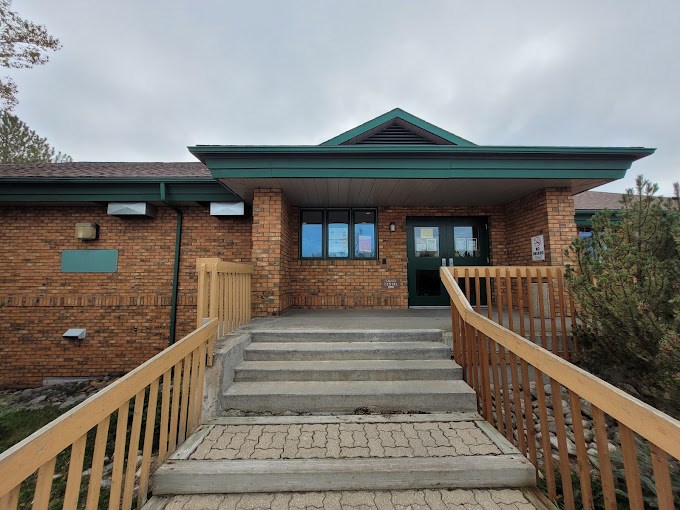SIOUX LOOKOUT – The new report titled Anishininiiwug Ajimoowin Animisewiinan: Mental Health and Substance Use reveals unsettling statistics that show a serious gap in mental health supports for First Nation communities in the Kiiwetinoong riding.
Janet Gordon, chief operating officer for Sioux Lookout First Nations Health Authority (SLFNHA), told Dougall Media “the report is looking at information that was gathered from various areas such as nursing station visits, hospital, coroners' information, and just looking at numbers and comparing them to provincial data.”
According to the chief coroner for Ontario, the unnatural death rate in the region is 3.2 times higher in Sioux Lookout than the provincial average of 0.5.
Among the 404 unnatural deaths in Sioux Lookout area First Nations communities, people in the 20–29 age group accounted for the highest proportion of unnatural deaths at 20.5 percent. Those 30 to 39 years old accounted for 19.1 per cent and those 15 to 19 years old account for 15.6 per cent of unnatural deaths.
Some other figures include 8.1 per cent of the recorded unnatural deaths were from asphyxia and 13.1 per cent were linked to alcohol and drug-related causes.
The report lists several recommendations to help close the gap in mental health, however, Gordon said it will take a significant amount of support from all levels of government, stakeholders, and organizations.
“We need training. We need infrastructure in the community. We have nursing stations that are busting at the seams and we don't have enough workspace for people to work in. Even for us, because for a lot of our services, we go to the communities, we can't stay long because there's no place to sleep. There's no accommodation,” said Gordon.
Serious infrastructure gaps within First Nation communities have caused significant barriers in the recruitment and retaining of health-care professionals.
“We have lots of barriers with recruitment. But (finding) qualified people, it's not an easy place to recruit. This is compounded by housing issues in Sioux Lookout and the communities, and we need to help communities build capacity and they need resources to be able to do that. We don't even have electronic medical health systems for the community. Everybody has their own little paper files and that's not a good way to provide service when they don't have the tools to be able to support them,” explained Gordon.
The report also stated that suicide by asphyxia was a leading cause of unnatural death among young people at 70.5 per cent among children aged 10-14 years old and 76.2 per cent among teenagers aged 15-19 years.
“Through Jordan's principle, communities have been able to develop and deliver land-based programming for their youth. That's a really great model, but it needs to be well-resourced. They have suboxone sort of treatment, but it's not very well-resourced. It's almost like a direct observation therapy person. There's no solid counselling or programming attached to it. So, it's not good, I would think it doesn't meet the needs of people and their families,” Gordon said.
The significant lapses in resources have led to overcrowded emergency department visits, which put a strain on the emergency departments.
Institutes of Clinical Evaluative Sciences (ICES) noted that rates of emergency department visits for mental health and substance use among Sioux Lookout area First Nations Band members surged 14 times higher than the provincial rate of 17.4 per cent emergency department visits in 2021.
Emergency department visit rates for mental health and substance use were higher for males with 248.9 visits up from 117.8 in 2011. For females, the ICES recorded 239.6 visits up from 93.4 in 2011.
Those in the 18-44 age range had the highest emergency department visit rate at 416 followed by the age group of 45-60 years at 223.8.
Gordon stated, “the sad thing is that communities in the region have declared a state of emergency or crisis and it gets unnoticed and not heard. We need the government to hear those cries and hear the communities. They need to put resources because we've been struggling with mental health and addictions for many decades.”
“Every day we hear of somebody passing away either because of mental health or because of substance use. They go hand in hand. All the trauma that people have experienced for many, many years is a part of that. It just gets passed on to kids, from residential school and all that stuff that happened, people being removed from their homes and losing the language.”
